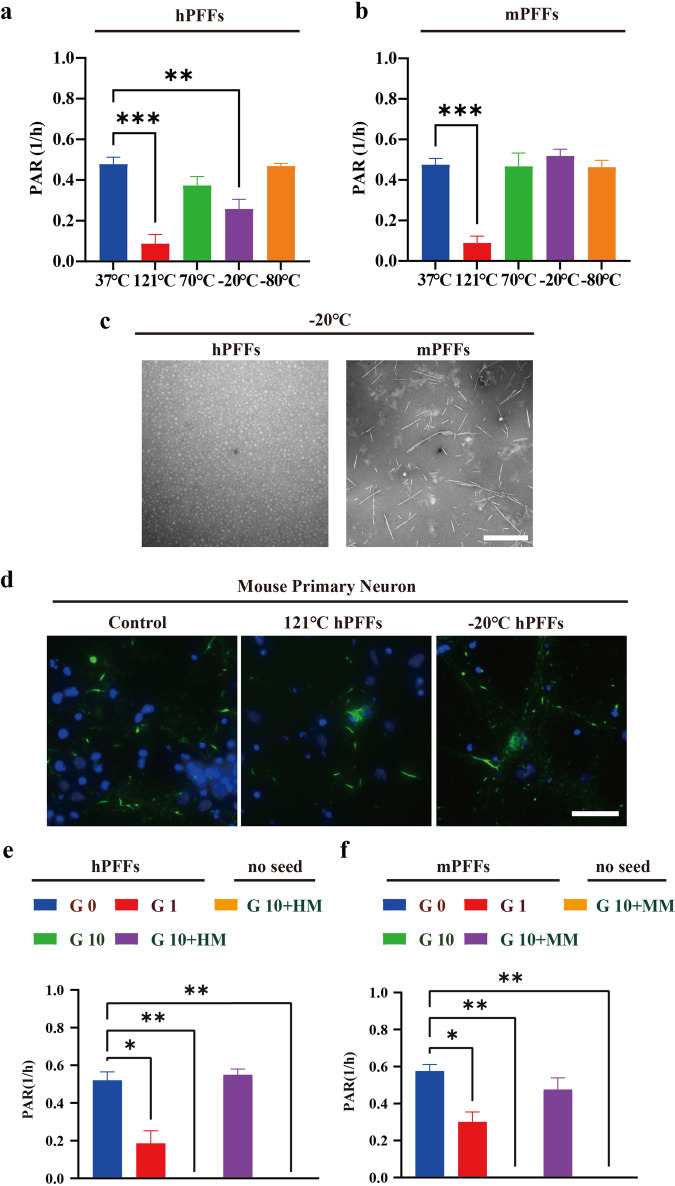Fig. 3. Effects of pretreatments on seeding ability of hPFFs/mPFFs.
a and b Effect of pretreatment on varied temperature on the seeding ability of human pre-formed fibrils (hPFFs)/ mouse pre-formed fibrils (mPFFs). 1 μg/ml hPFFs/mPFFs were exposed to heating (121, 70 °C) or cooling (−20, −80 °C) for 1 h before being utilized in the streamlined SAA. c Transmission electron microscopy (TEM) images of hPFFs/mPFFs after cooling pretreatment at −20 °C for 72 h. The hPFFs depolymerized into 20 nm diameter oligomers, while the mPFFs showed no significant depolymerization compared to hPFFs. Scale bar = 200 nm. d Immunofluorescence image of pS129-Syn in primary neurons exposed to heating (121 °C) or cooling (−20 °C) pretreated hPFFs (1 μg/ml) for ten days, untreated hPFFs were used as control. Scale bar = 25 μm. e and f Effect of grinding pretreatment on the seeding ability of hPFFs/mPFFs. 1 μg/ml hPFFs/mPFFs were pretreated by grinding for either 0, 1, or 10 times before being utilized in SAA. The decreased seeding capacity from over-grinding (10 times) was reversed by the extra addition of 0.1 mg/ml of homologous monomer to the grinding solution. One-way ANOVA followed by Tukey’s post-hoc-test was used, data are shown as mean ± SD. Data are statistically different from each other with *P < 0.05, **P < 0.01, and ***P < 0.001.

